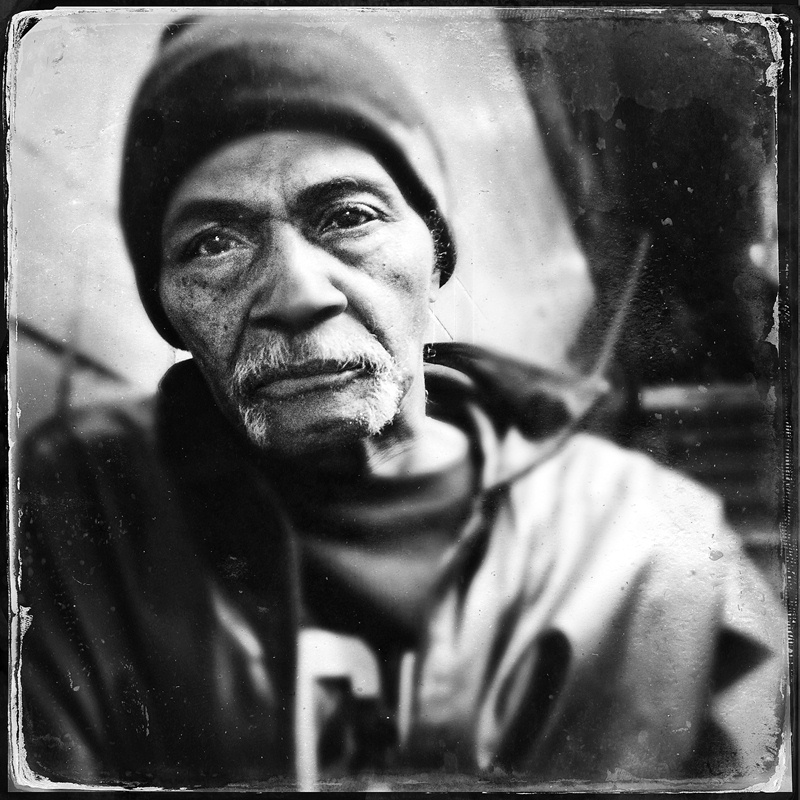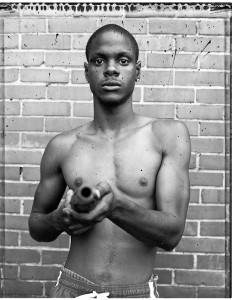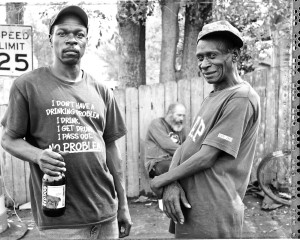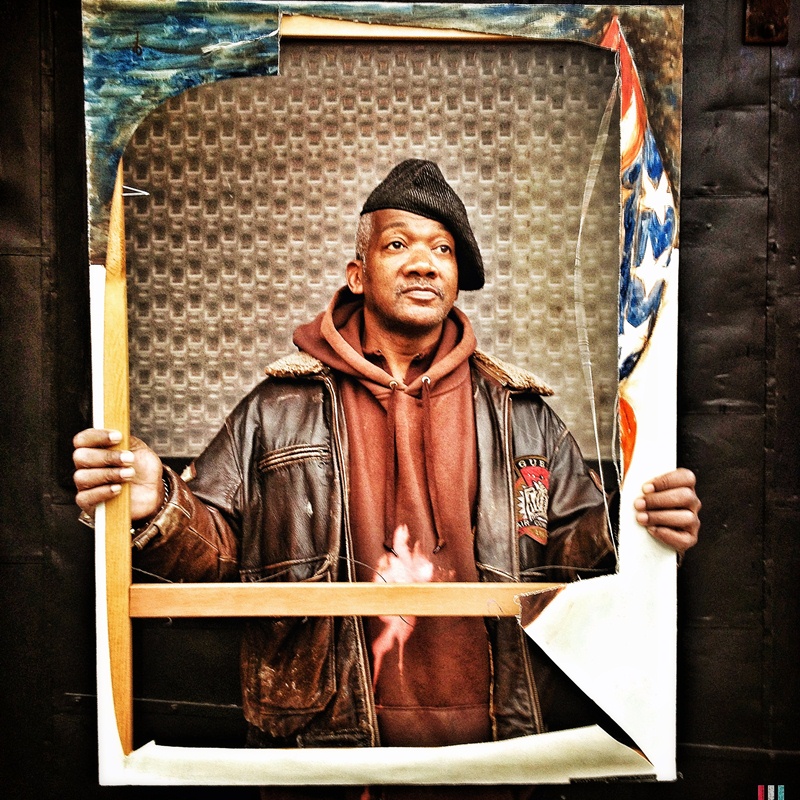
The Common Treads Project.
ABOUT
Radcliffe Roye is a Brooklyn based documentary photographer specializing in editorial and environmental portraits and photo-journalism photography. A photographer with over twelve years of experience, Radcliffe is inspired by the raw and gritty lives of grass-roots people, especially those of his homeland of Jamaica. Radcliffe strives to tell the stories of their victories and ills by bringing their voices to matte fibre paper.
 The Common Treads Project.
The Common Treads Project.
Recently, Radcliffe began experimenting with interpretative photography, preferring to allow the abstract content within the frame to dictate the voice and purpose of the image. His Elements series focuses on the bold, austere, graphic and emotionally raw imagery, that is trapped behind a diffused lens. With painterly abilities, Radcliffe uses this diffused methodology to subtly awake the subconscious and expose the isolated figure or vision painted within a rhetorical frame. (text from his website)
 At the Devils Playground Project.
At the Devils Playground Project.
Some quotes out of an interview he had with Kyle Chayka for Storyboard Magazine in March 2013.
Tell us what it was like documenting Hurricane Sandy.
Very hard. I was the only black photographer among a group of four white photographers. They had to save me twice. Both times the people in the neighborhood looked at me and asked why I was there, because there were incidents of looting. And they didn’t know why I would be interested in photographing their neighborhood. How can anybody think like this? I try to answer these social questions in my work.
 My American Sojourn: A Southern Journey.
My American Sojourn: A Southern Journey.
Do you think being a photographer of color gives you a different perspective?
I take pictures not because I am a photographer of color, but I also understand the importance of telling the colored story from a colored perspective. I am however honored that people see my work as important and that alone inspires and motivates me to take photos.
It seems like photography fulfills a social need for you.
All that I photograph comes under the umbrella of focusing on something that we sometimes might overlook. It’s something that I’m trying to put into focus, so it is not ignored.
 My American Sojourn: A Southern Journey.
My American Sojourn: A Southern Journey.
You were a writer before you took photos. What drew you to photography in the first place?
When I was growing up, there was this oral tradition that’s always been a part of Jamaican culture. For me, photography came out of that need to tell stories. I returned to Jamaica when I was 28, as a writer for a newspaper. I was working with newspaper photographers. I would be telling them what pictures to take, and I started thinking, why don’t I photograph myself? For me, it was at the nexus of two things that I liked: writing and visually telling stories.
 The Devils Playground Project.
The Devils Playground Project.
Tell us about documenting Jamaican dancehall culture.
In 2002, Vogue sent me to Jamaica to photograph the dancehall fashion look. I was on assignment, so I had to look differently at the subject. I started to see its colors, the pageantry, and the theater. All my senses were open for the first time to this culture that I grew up with. I came from working-class poor, and the subject of dancehall spoke to that level of society on downwards, to people who have been left, whose lives aren’t recognized. Dancehall allows me to get the people’s image.
You covered Hurricane Katrina as part of a collective. What did you take away from that trip?
Hurricane Katrina was heartbreaking. I had no idea that so much social and racial divide still existing in the South. Poverty was insanely high, not to mention the percentage of black men who were once incarcerated. As a result, I believe that the folks who were affected by the hurricane were discriminated against because they were black but also because they were poor, hardworking folks.
.
The e-zine ‘COMPLEX’ put Ruddy Roye on number 33 of the list of best street photographers.
“A documentary photographer with more than a decade of experience, Jamaica-born Radcliffe “Ruddy” Roye views photography as a means to give a voice to underserved populations. Using both black and white and color photography, Roye’s raw style is a perfect complement to his stated desire to “tell the stories of the victories and ills [of grassroots people] by bringing their voices to matte fibre paper.”
 The Common Treads Project
The Common Treads Project
Copyright: Radcliffe Roye.
